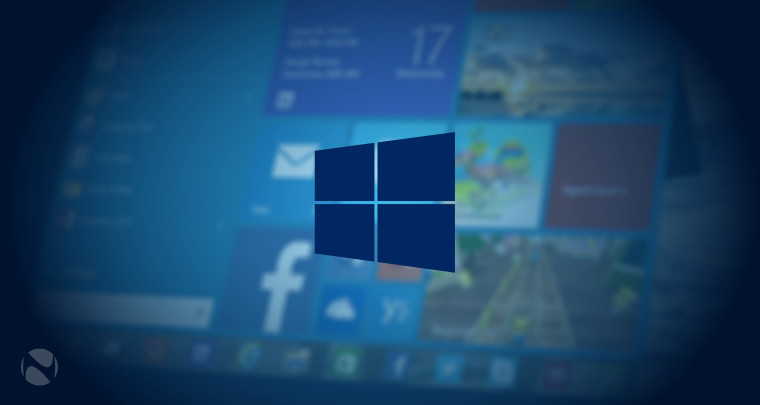
Microsoft has recently received a seemingly important patent related to operating systems and the way they run on mobile devices. Many jumped at the opportunity saying the company was patenting dual-booting Android and Windows Phone on the same device, which though true, is a very simplistic approach and doesn’t do this patent any justice. We take a much closer look and explore what Microsoft is actually doing.
United States Patent number 9,003,173 was awarded to Microsoft two days ago, being titled “Multi-OS (operating system) boot via mobile device”. In it, Microsoft engineers and lawyers describe a way of using multiple operating systems to provide different functionality on mobile devices. But that’s not the same as simply dual-booting Android and Windows, as many were quick to report.
The “innovation”, as it’s described in the patent, allows a user or the device to select the OS necessary to perform certain tasks, or offer limited functionality faster. For example, instead of booting into full Windows, a handset may first boot into a lite OS that allows users to quickly dial an emergency number, instead on having to wait for the complete operating system to load. Similarly, imagine pressing the camera button on a phone that’s turned off: the device may boot a simple camera OS, that would allow a user to quickly snap images, without actually having to turn on the phone.

The device, or rather the bootloader, would also be able to boot just part of an OS depending on the exact needs of the user. Microsoft gives an enterprise situation as an example, where a user would need additional security to access enterprise apps – when the phone detects that it would boot the additional parts of the OS that are needed for the extra security but not waste resources on them if they're not needed.
Of course the device could also switch between operating systems or boot needed parts of an OS depending on other factors such as location, time and date, active user, device being used and so on. A user could also manually switch or turn off parts of the OS – such as when handing the phone to a child who shouldn’t have access to enterprise accounts, or paid apps and so on. This is basically a Kid’s Corner type of application, only modeled in terms of OS accessibility.
Finally, the different parts or different operating systems that are needed need not be stored on the device itself, rather, they can be downloaded or accessed via the cloud.
All of this sounds quite technical and dry so why is this a big patent for Microsoft? Because we can see how all of this technology could come together and we can speculate and what users can expect in the future.
Not only does Microsoft have a way to dual-boot Android and Windows on mobile devices (which they obviously did beforehand and didn’t actually need a patent for), but we can now see how such functionality might be used to bring Android apps to Windows devices: a user wouldn’t actually need to boot into Android, rather the apps themselves would tell the phone that a specific part of an OS is needed, and the device boots that up.

In a way, this is reminiscent of the way the Xbox One currently works. The console is running two parts of an operating system on top of a Windows NT kernel, with one part handling games and the other handling apps. It's a good illustration but that's still different to Microsoft's "innovation" as the Xbox One is running the two systems simultaneously and continuously.
Whereas here, full Android, or any other OS for that matter of fact, would never actually need to be running. Only the necessary parts would be turned on, or downloaded or streamed from the cloud, to provide the user the functionality that’s needed.
Also of note is the idea that these operating systems may actually be stored in the cloud. Streaming the parts that are needed for new functionality is very reminiscent of the company’s mysterious Arcadia project.
Meanwhile, faster boot times, a lower resource footprint, specific actions (only booting camera OS) triggered by specific events (GPS location shows user is at a concert) may lead to new way of interacting with our devices, having better performance and longer batteries.
Of course, all of this is very abstract and it’s a long way from patent to production devices, so perhaps excitement should be reined in. Still, it’s great to see Microsoft working on impressive technologies even if they don’t end up benefiting users in the near term.









_small.jpg)










55 Comments - Add comment